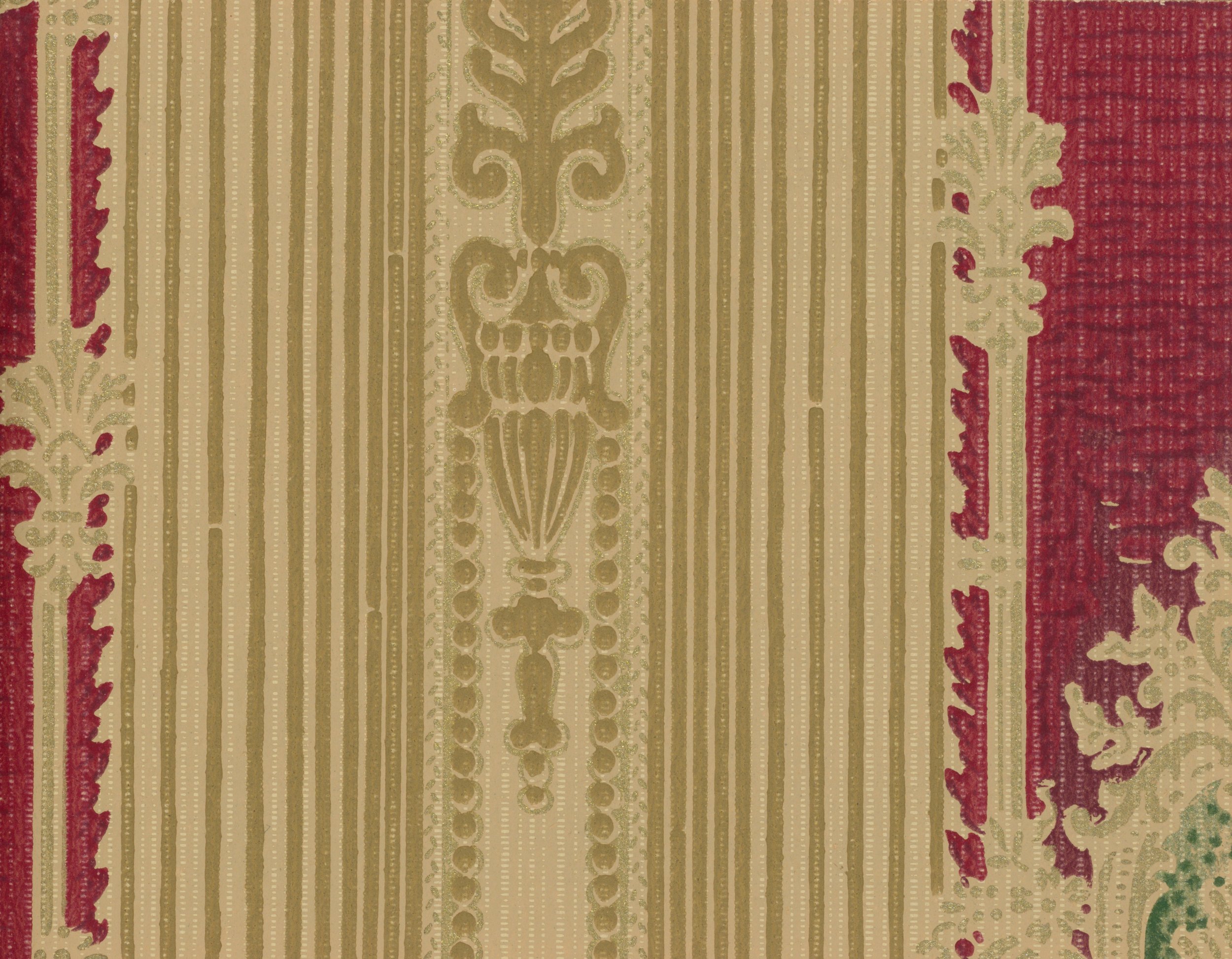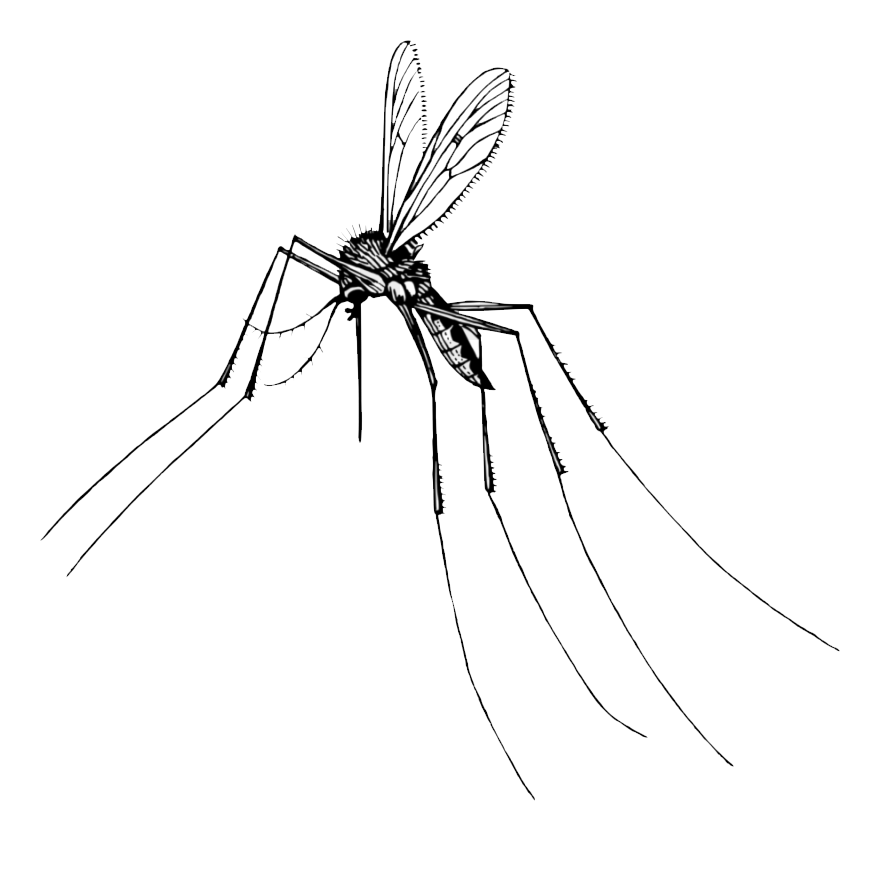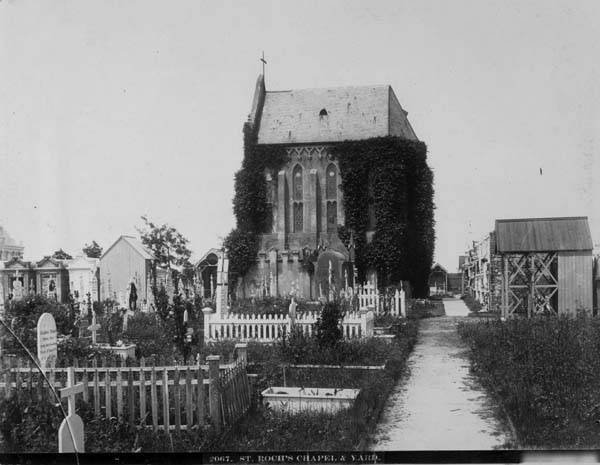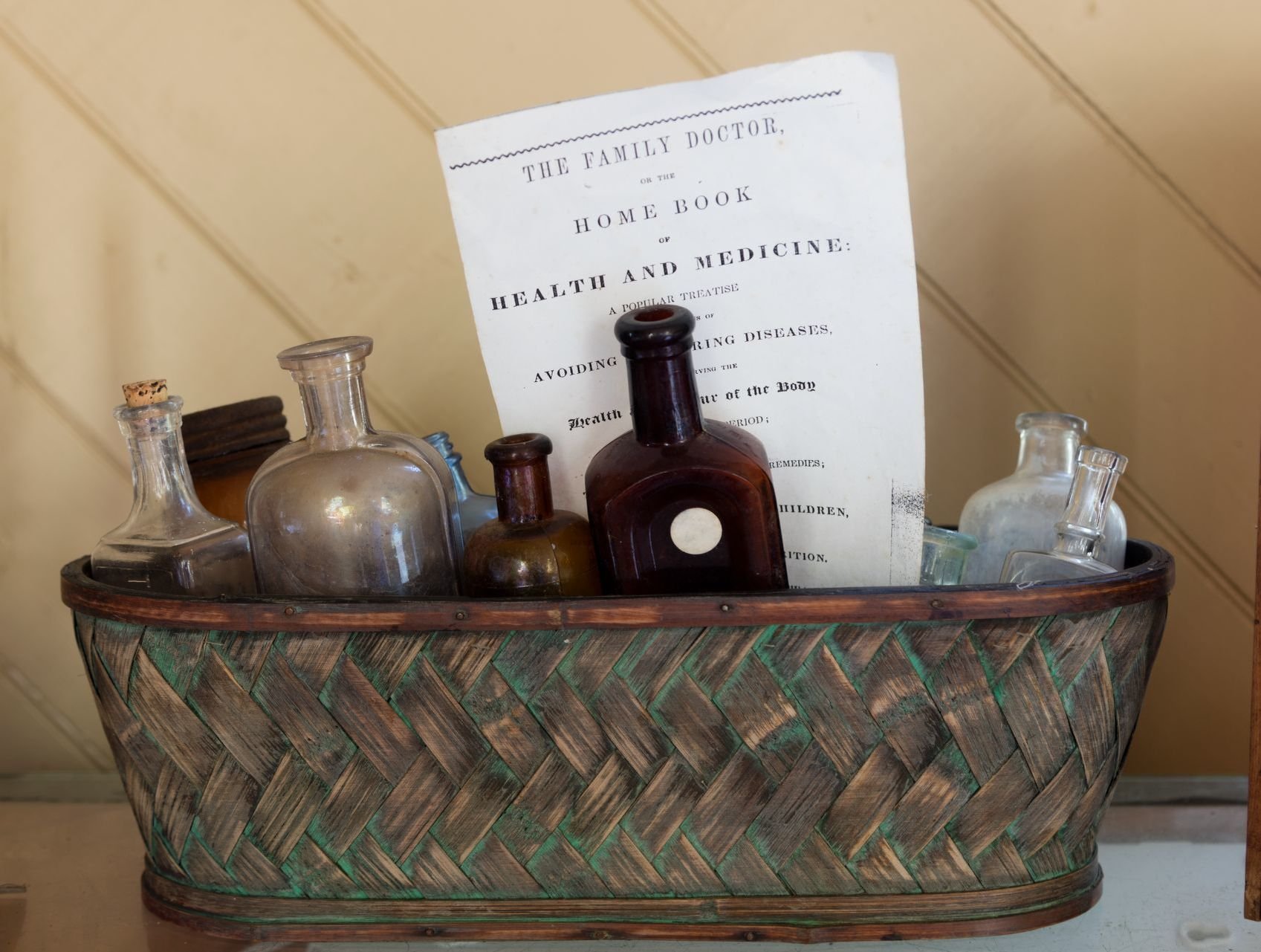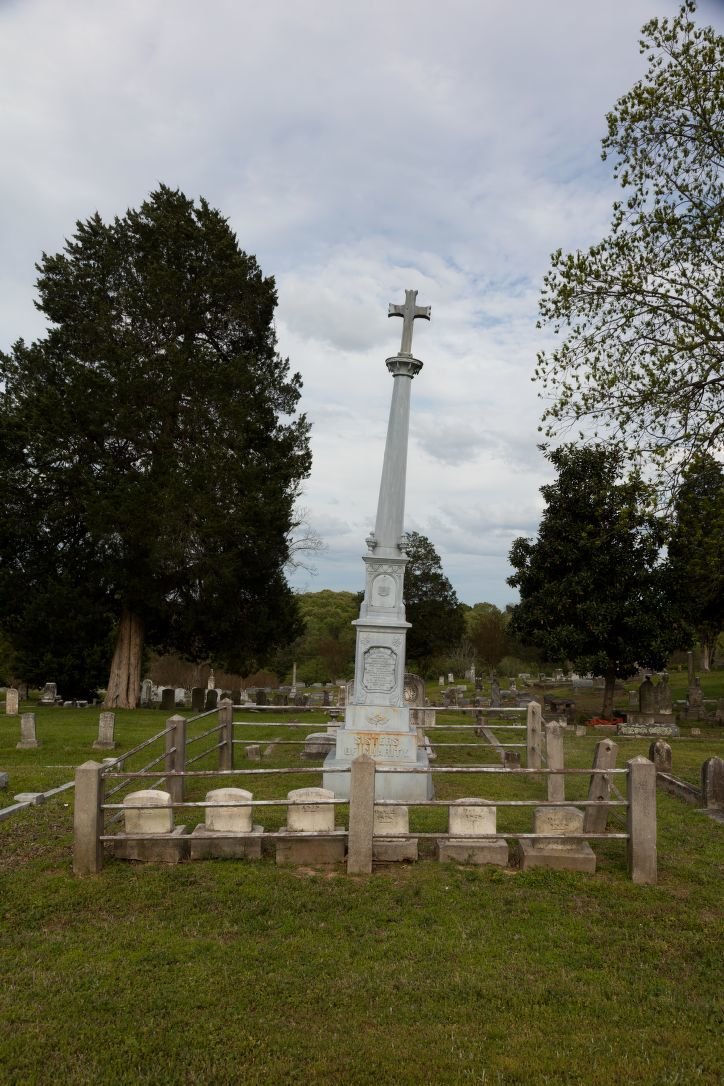Imagine you are in New Orleans.
The year is 1878.
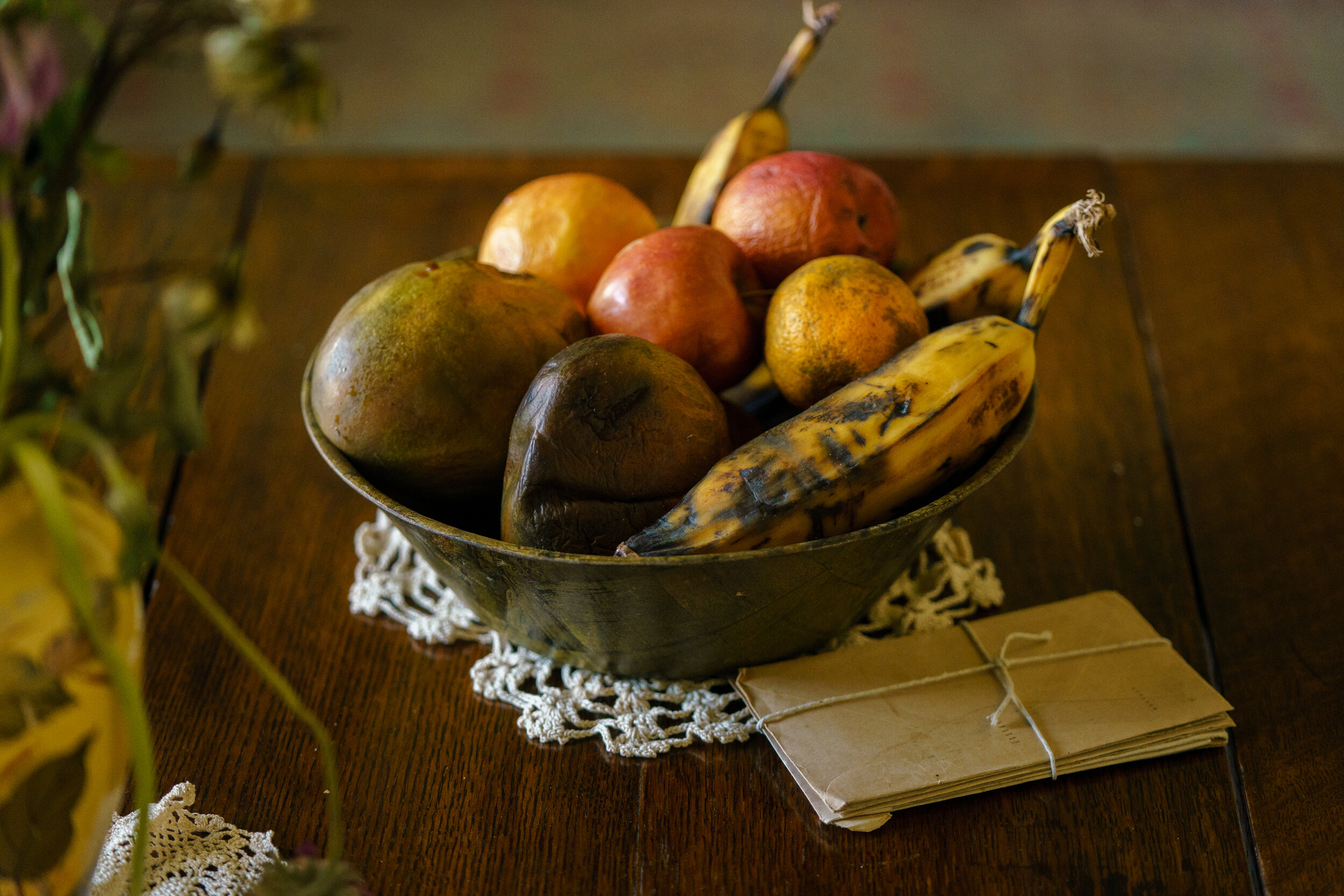
It’s May. It’s hot. It’s humid.
The mosquitoes are buzzing.
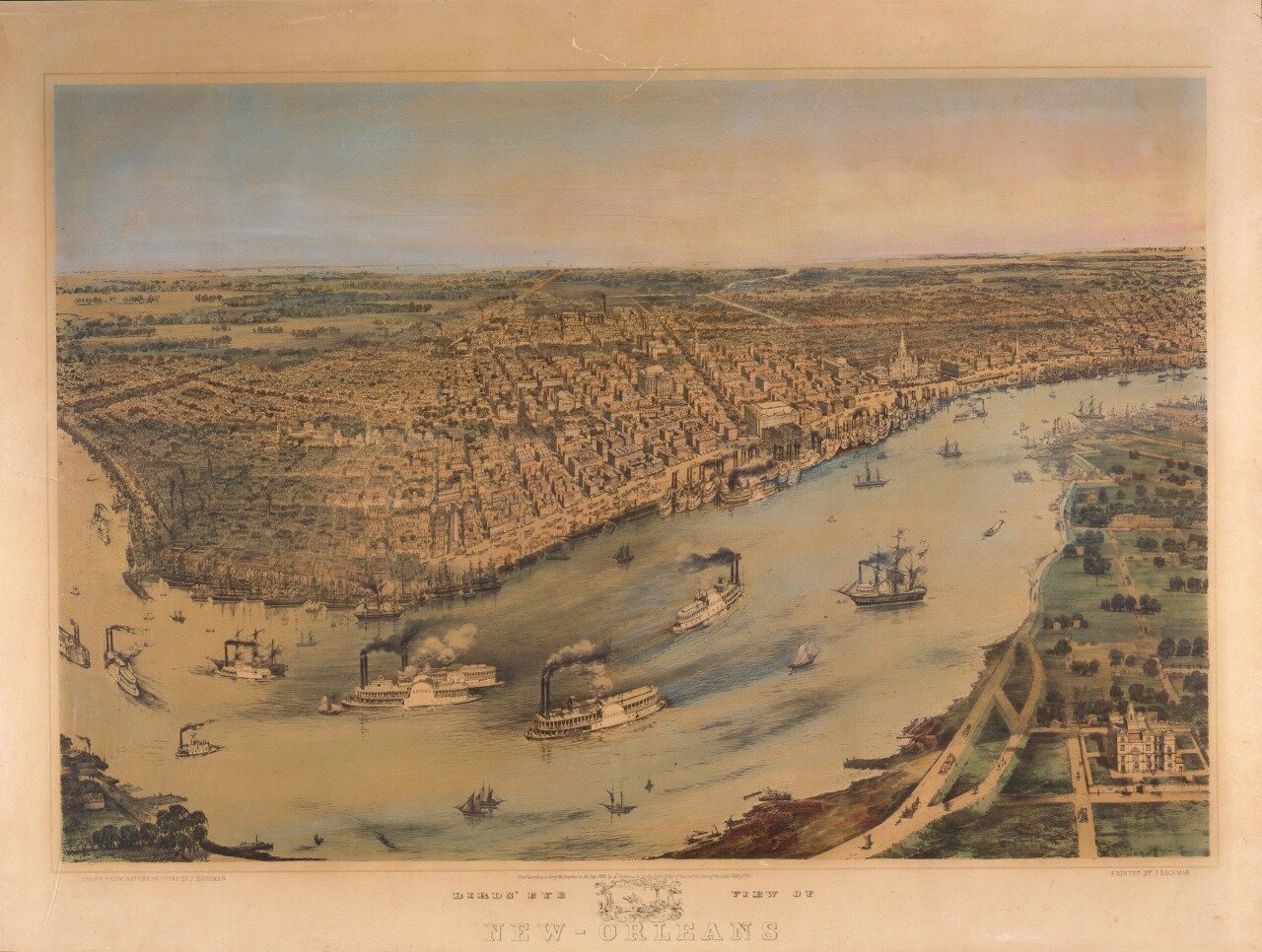
There are rumors of a case of yellow fever on a boat in the harbor.
No one knows what causes the disease, and misinformation reigns. Some people believe it is caused by foreigners (i.e. The Stranger’s Disease).
Credit: Bettmann / Getty Images
The cases trickle in through the early months of summer before turning into a flood of deaths.
U.S. National Library of Medicine
Reproduction of a printing plate showing a woman dead from yellow fever. She is lying half in, and half out of her death bed. The plate is from the series "Louisiana Alphabet".
COURTESY OF THE HISTORIC NEW ORLEANS COLLECTION.
A sheet from Frank Leslie's 'Illustrated Newspaper' shows showing 12 scenes of people stricken with Yellow Fever in New Orleans, Memphis, and Vicksburg. The central image shows an empty Canal Street—save for the "victims of the fever being conveyed to the cemeteries"—during the 1878 outbreak if the illness, which killed over 4,000 people in New Orleans. (THNOC, 1981.216 i–xii)
COURTESY OF THE HISTORIC NEW ORLEANS COLLECTION.
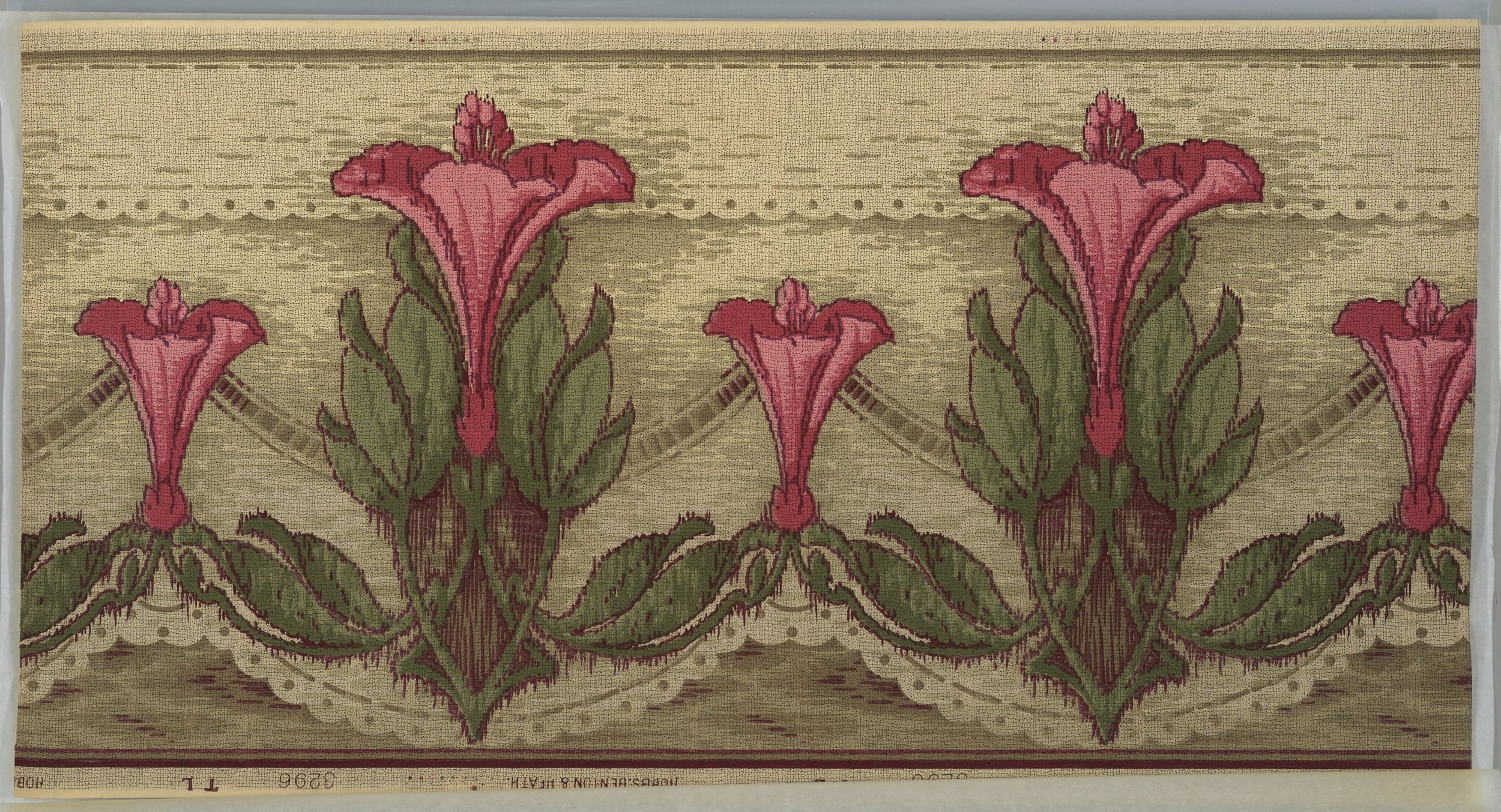
Carriages carrying the corpses line up at cemeteries for the funerals, which take place one after another after another.
Spot Map of Yellow Fever cases in New Orleans 1905 Epidemic
COURTESY OF THE HISTORIC NEW ORLEANS COLLECTION.
Tulane's Special Collection Louisiana Research Center.
We encourage you to seek out more information about the history of the New Orleans cemeteries where many victims of yellow fever were buried, including Holt Cemetery and St Roch Cemetery #1. There are various funerary pieces/monuments still standing.

The wealthy flee to houses outside the city, while those of less means are left to contend with the disease in the city.
The Yellow Fever Martyrs Church and Museum in Holly Springs, Mississippi, Carol M. Highsmith Archive, Library of Congress, 2016
Sanctuary of the Old St. Joseph's Catholic Church, now a museum informally called the Church of the Yellow Fever Martyrs, in Holly Springs, Mississippi, Carol M. Highsmith Archive, Library of Congress, 2016
Display of potions at the Yellow Fever Martyrs Church and Museum in Holly Springs, Mississippi, Carol M. Highsmith Archive, Library of Congress, 2016
Home-visit communion kit for the sick, displayed at the Yellow Fever Martyrs Church and Museum in Holly Springs, Mississippi, Carol M. Highsmith Archive, Library of Congress, 2016
Memorial, canted by time, to victims of a virulent yellow fever epidemic, Hillcrest Cemetery, which dates to 1837, in Holly Springs, Mississippi, Carol M. Highsmith Archive, Library of Congress, 2016
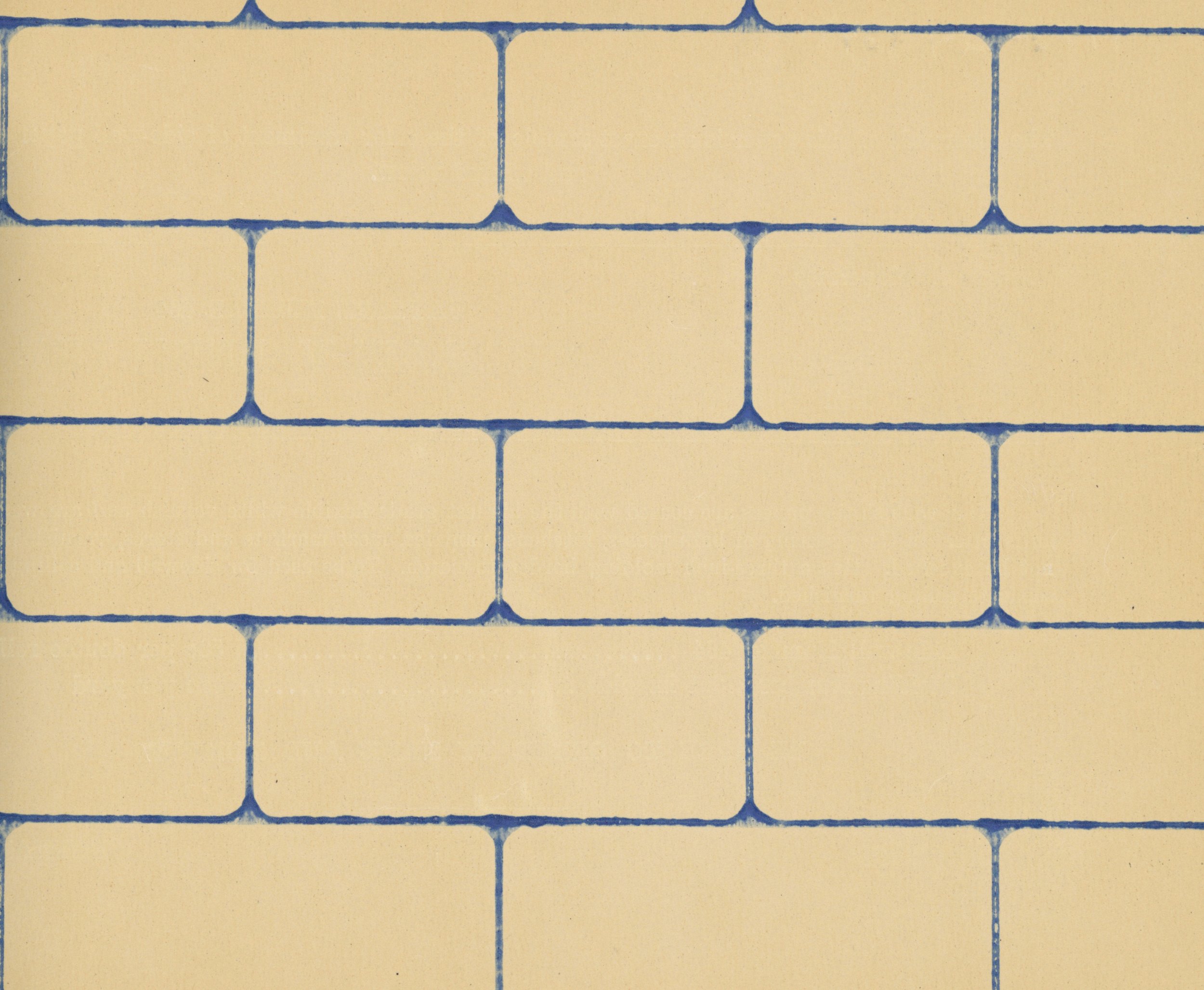
All the while, the sound of cannon fire rumbles and the smell of tar wafts through the streets as the city government tries to break up the sickly “miasma” thought to cause the terrible disease.
Fumigating a Texas town infected with yellow fever, 1873
North Wind Picture Archives / Alamy Stock Photo
Photograph by Charles Milo Williams, ca. 1890 - 1910
St. Charles Street looking up from Canal Street. The large building in the bend of the street is the third St. Charles Hotel.
Louisiana Division/City Archives, New Orleans Public Library
Yellow Jack monster, Matt Morgan, Published in Frank Leslie's weekly, 1873, Library of Congress
This is the backdrop as we dive into the archives.
